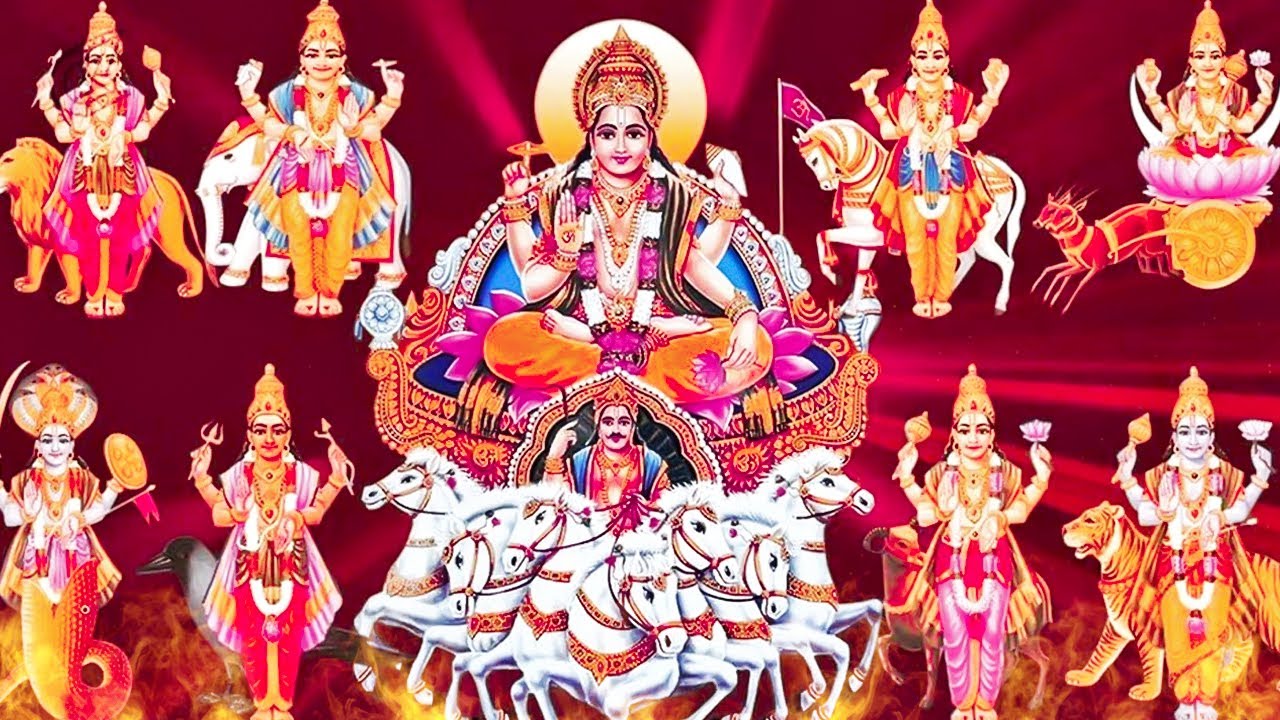Maa Ganga, the revered Hindu goddess, embodies purity, life, and salvation. Her divine essence is intricately woven into the cultural and spiritual fabric of India. As the personification of the Ganges River, she is not just a physical entity but a significant symbol in Hindu worship and philosophy.
In Hindu mythology, Maa Ganga descends from the heavens to the earth, facilitated by the mighty sage Bhagirath, who strives to bring her waters down to purify the ashes of his ancestors. This narrative highlights the goddess’s role as a liberator, bestowing the gift of spiritual cleansing and rebirth upon humanity. Pilgrims flock to her banks to immerse themselves in her sacred waters, seeking redemption and blessings.
Devotees believe that Maa Ganga washes away sins and misfortunes. The act of bathing in her waters is considered a ritual that leads to spiritual liberation (moksha). Temples and ghats lining her banks serve as places of worship and reflection, where daily rituals are performed, and festivals celebrated in her honor. The Kumbh Mela, one of the largest religious gatherings globally, draws millions to her sacred waters, emphasizing her significance in Hindu spirituality.
Maa Ganga is also closely associated with various Hindu deities, reinforcing her role in the pantheon of gods and goddesses. Festivals dedicated to her, such as Ganga Dussehra, celebrate the day of her earthly descent. During this time, devotees perform rituals and offer prayers, reflecting their reverence for the goddess and the river.
The cultural impact of Maa Ganga is profound. She inspires countless art forms, including poetry, music, and dance. Her depictions in sculptures and paintings convey her nurturing and purifying attributes, embodying the essence of life itself. Through traditions and folklore, the goddess’s legacy continues to thrive in the hearts and minds of her devotees.
Moreover, Maa Ganga symbolizes the interconnectedness of nature and spirituality. Her waters nourish the land, sustaining agriculture and life. Consequently, preserving the Ganges River has become crucial in contemporary times, as increasing pollution threatens both the goddess’s sanctity and the livelihoods of millions who depend on her. Environmental initiatives and awareness campaigns aim to restore her health, recognizing that honoring Maa Ganga involves protecting her from modern challenges.
In conclusion, Maa Ganga, the embodiment of purity and divine grace, holds a place of utmost reverence in Hindu belief. As a symbol of life, connection, and spiritual renewal, she remains a vital part of Hindu identity. Her legacy, intertwined with nature and humanity, reminds us of the enduring bond between the divine and the earth, inspiring generations to seek her blessings and invoke her sacred name in prayer.


